A UNIQUE MAJOR SURGERY
The Japanese Covered Bridge (Hoi An City, Quang Nam) is a unique architectural work not only in Vietnam but also rarely seen in the world . After 4 centuries of historical and social changes, the Japanese Covered Bridge is still a typical symbol of the ancient town of Hoi An. Although it has been repaired 7 times before, due to the erosion of time and the impact of humans and natural disasters, this hundreds of years old relic is seriously degraded.

Vietnamese and Japanese relic experts conducted a field survey after many items of the Japanese Covered Bridge were demolished.
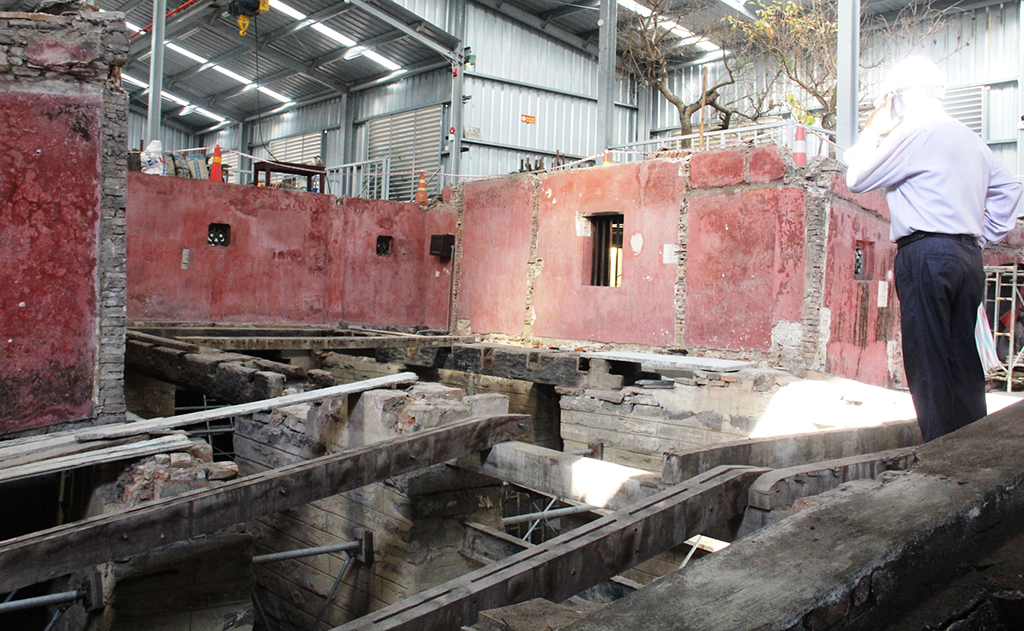
The Japanese Covered Bridge after some categories were demoted
To protect this special national monument, Hoi An City People's Committee has organized the groundbreaking ceremony for a restoration project with a total cost of 20.2 billion VND and a construction period of 360 days. The project started on December 28, 2022, and has so far completed 3D scanning of the entire monument; dismantled the yin-yang tile roof system; dismantled the wooden frame system; reinforced the foundation, abutment, and pillar systems... The next tasks of the project are expected to include: repairing the floor beam, frame, and roof system; reinforcing the foundation, abutment, and pillar systems (remaining part); auxiliary items, landscape embellishment...
Recently, dozens of Vietnamese and Japanese relic experts have conducted field surveys to advise and propose important solutions to help restore wooden structures; restore tiled roofs and roof decoration parts; restore and complete the color of the construction...
Hoi An Cultural Heritage Management and Conservation Center said that during the construction process, the reinforcement of foundations, piers, and pillars encountered many difficulties. The excavation, survey, exploration, and archaeological work was carried out very meticulously and carefully. The units had to do it completely by hand. Each tile, mortar joint, wooden peg, etc. was carefully removed by hand and then positioned with a wooden frame, marked with a serial number to avoid disturbance and breakage. After agreeing on the solutions, the reinforcement work was carried out step by step and carefully, organizing the reinforcement of each position, and so far it has been basically completed, meeting the requirements of structural stability while still closely following the current status, ensuring the viewpoint and solution of restoration.
In addition, the results of research and surveys as scientific documents for the restoration project of the Cau Pagoda relic show that the pagoda has signs of slight subsidence (the subsidence deviation fluctuates from 1 - 5 cm) in the area behind the corners. Most of the columns are tilted slightly and in many directions. The wooden frame system of the pagoda tends to sink and tilt slightly towards the back, leading to a slight tilt; it tends to lean towards the river.
Mr. Nguyen Van Son, Chairman of Hoi An City People's Committee, said that the Cau Pagoda (Lai Vien Kieu) relic is an important component, with special value in the ancient town of Hoi An. This is the only structure with historical origins from the land of Phù Tang that still exists today.
The Japanese Covered Bridge is a very special relic, so the restoration work always receives the attention of the people and tourists, authorities from central to local levels, as well as international friends (especially Japan). Therefore, all stages in the restoration process must be surveyed, organized and evaluated carefully and cautiously to ensure scientific quality. "The restoration project will contribute to preserving the relic, maximally preserving the core value of the relic in the overall context of Hoi An ancient town; maintaining long-term stability, increasing the sustainability and longevity of the relic...", Mr. Son said.
" OPEN SURGERY"
At the consultation seminar on the restoration of the Japanese Covered Bridge relic held on October 24, the participating experts and researchers shared the same view: "not to return the relic to a specific era but to respect and restore it to its original state on a scientific basis, while at the same time bringing in the breath of contemporary life."
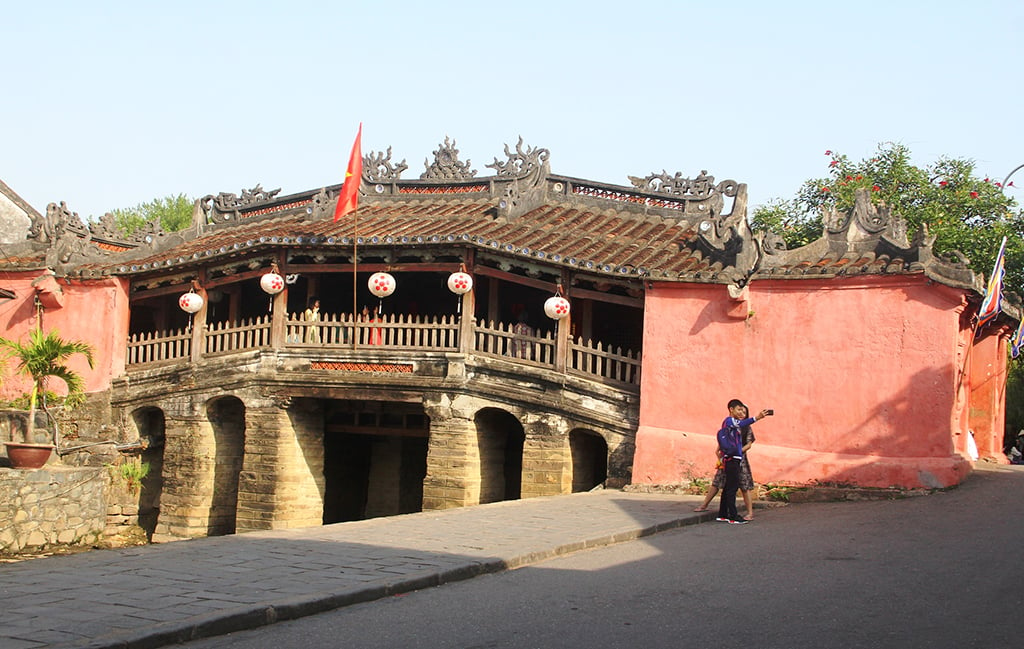
The relic of the Japanese Covered Bridge before being dismantled for restoration
Associate Professor, Dr. Dang Van Bai, Vice Chairman of the National Cultural Heritage Council, said he was strongly impressed with the project to restore the Japanese Covered Bridge. The unchangeable principle in restoring relics is that we must preserve as much of the original elements (elements that create the value of the heritage) as possible, but must also ensure that the heritage fulfills its function.
The Japanese Covered Bridge is a special structure, both a pagoda and a bridge, so it needs to create the most lasting durability and high aesthetics. In particular, the aesthetic characteristics must harmoniously combine the views of scientists and the community. Mr. Bai said that in the difficult context of 1986, the restoration at that time used Kien Kien wood, with current resources, it should be replaced with Lim wood as the main material and in fact, the basic architecture of wooden relics in Vietnam mostly uses Lim wood. Therefore, for the load-bearing structure of the bridge beam, this type of Lim wood should also be used to withstand the long-term force.
Mr. Bai advised that in terms of the color of the lime walls, the structure, and the details of each location of the Japanese Covered Bridge, it is necessary to consult the residents and the Hoi An community so that they can make their decisions, and not impose the thinking of scientists. Regarding roofing tiles, the original tiles that can still be used should be gathered in one roof area to create aesthetics. In places where new tiles are used, it is necessary to find tiles that are identical to the old tiles to create harmony. "To preserve a heritage, we must not only preserve its body but also its soul," Mr. Bai said.
Professor and Architect Hoang Dao Kinh, member of the National Cultural Heritage Council, commented that through observations at the restoration site of the Cau Pagoda relic, it can be considered a model in the restoration of wooden architecture, even a model in the restoration of relics on an international scale, especially in East Asian countries with relics made of wood. He said that he has been involved in the restoration of relics for more than 50 years, but this is the first time he has seen a relic restored in the form of "open anatomy", meaning not closed, but during the restoration process, visitors can still see and admire the Cau Pagoda. "This is considered a unique restoration method and can be considered a model for reference and learning in the field of relic restoration. However, it is important to note that in parallel with the implementation of the restoration, it is necessary to build a scientific dossier for the relic. Because we will leave to posterity the relic itself that has been restored and the dossier on the restoration process, and the intervention on it," Mr. Kinh emphasized.
P DISCOVERED MANY IMPORTANT TRACES
During the survey, exploratory excavation, and archaeological work of the restoration project of the Japanese Covered Bridge, many valuable discoveries were recorded. Among them, many mussel shells were discovered at the excavation site behind the pagoda and Ngu Hanh Temple; many stones were discovered at the locations between the bridge foundation and the alley; and a large block of lime mortar, clay, and bricks was discovered at the head of Tran Phu Bridge. At the foundation, 3 stones were also discovered, on which 3 words were engraved. Initial predictions were that these were the 3 stones chosen to be placed first in the Chinese ritual of consecration (blessing) when building the pagoda.
In addition, at the location of the yin-yang tile roof system at the head of Nguyen Thi Minh Khai bridge, a drawing was discovered on a brick, possibly two words "Thunder Command" written together, a form of magic to prevent lightning by the ancients. During the dismantling process, the survey also discovered many notes, engravings on wood, rivets used to connect wooden structures...
Source link


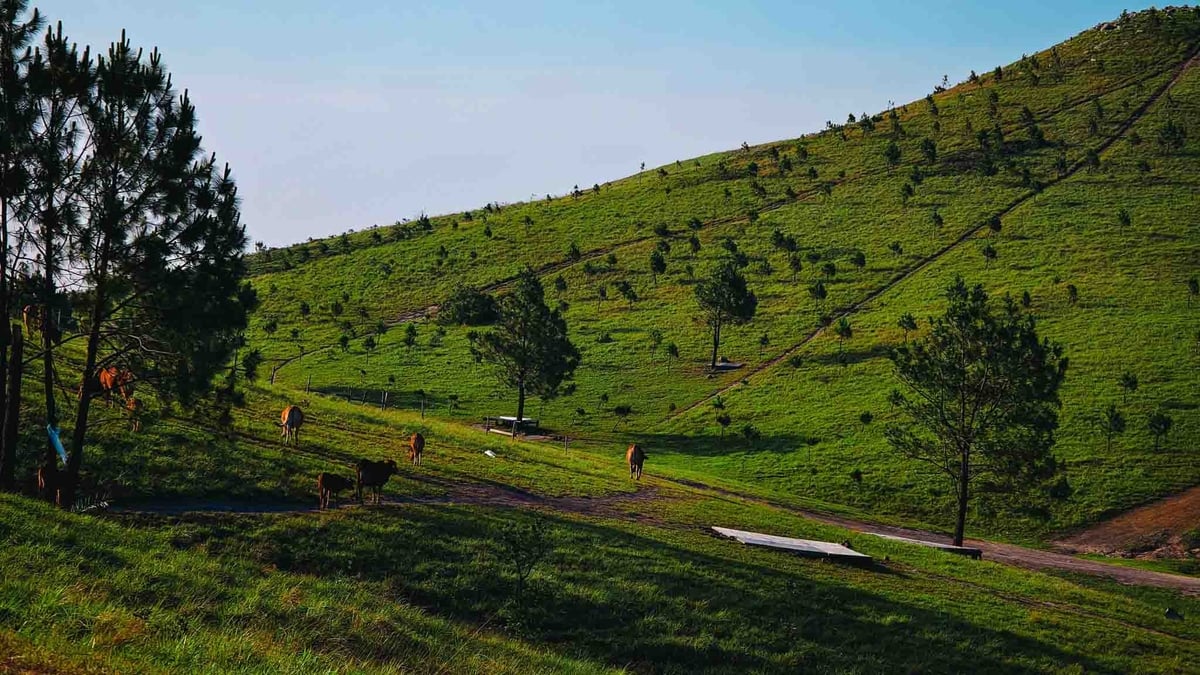

![[Photo] Prime Minister Pham Minh Chinh attends the groundbreaking ceremony of Trump International Hung Yen Project](https://vphoto.vietnam.vn/thumb/1200x675/vietnam/resource/IMAGE/2025/5/21/ca84b87a74da4cddb2992a86966284cf)


![[Photo] Prime Minister Pham Minh Chinh chairs the Government's special meeting on law-making in May](https://vphoto.vietnam.vn/thumb/1200x675/vietnam/resource/IMAGE/2025/5/22/1c880aae96fd4e0894abc47a46fe19ba)




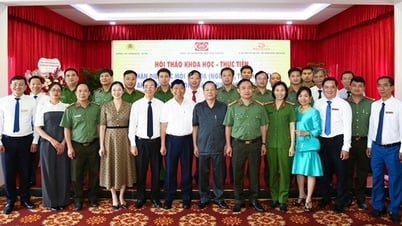

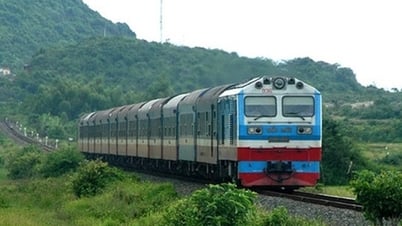
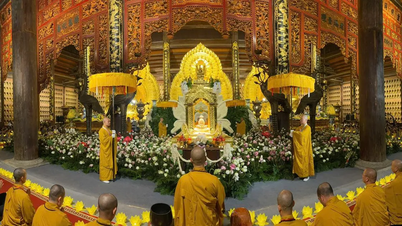














































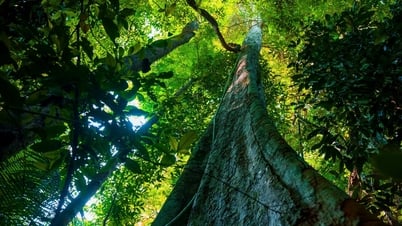



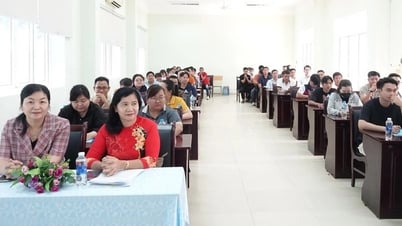
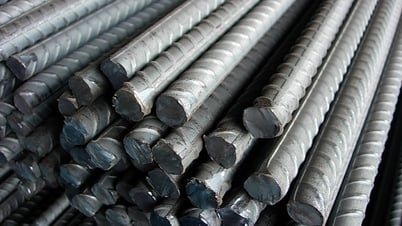

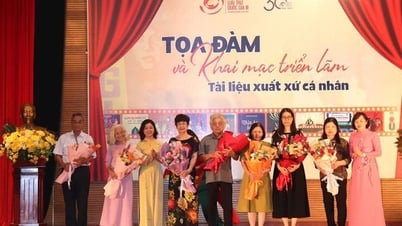
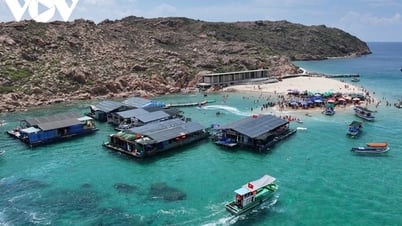
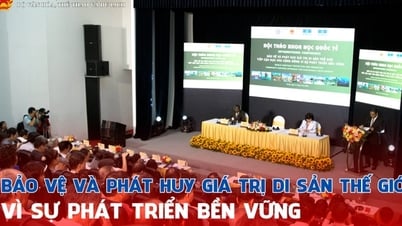




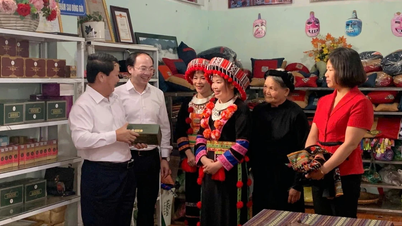

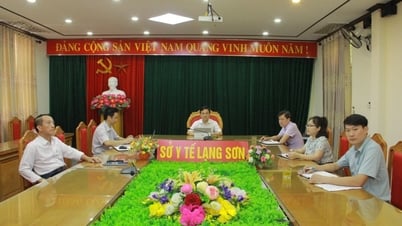

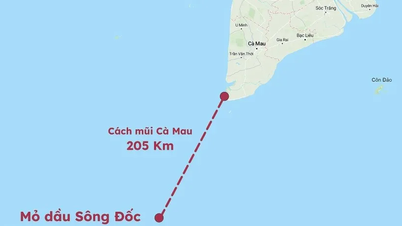
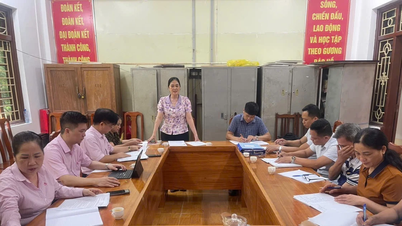



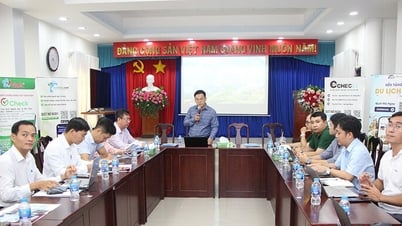

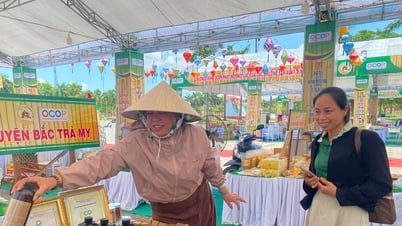



Comment (0)